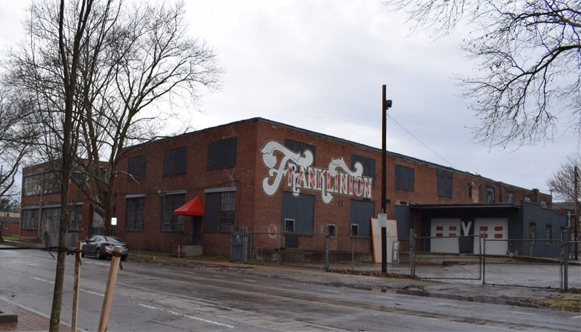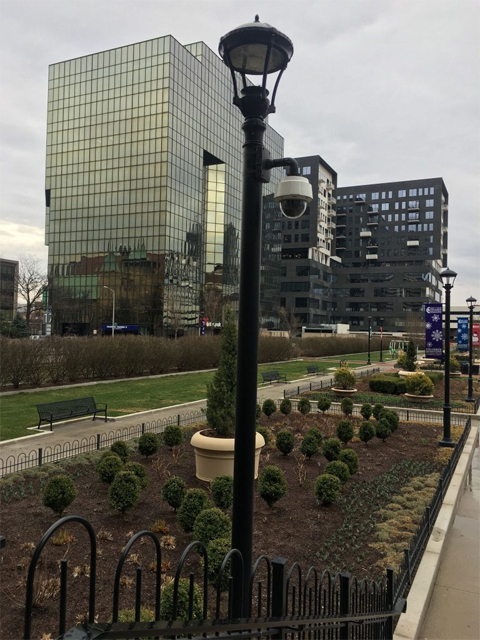
Franklinton is an up-and-coming arts district adjacent to the central city. Several redevelopment projects are under way to alter the Franklinton neighborhood of Columbus.
By Kaia Mckenney (Freshman in HTC Environmental Studies)
The Wealth & Poverty theme took its spring field trip to Downtown Columbus on Saturday March 30. Led by Dr. Yeong Kim of Geography and Columbus-based urban planner Kyle May, 22 Ohio University students participated in the trip to examine growing patterns of spatial inequality in the city’s ongoing downtown redevelopment projects.
The start of the field trip to downtown Columbus began at the city’s planning headquarters with a presentation from Mark Dravillas, who serves as the assistant administrator for the planning division. I along with the other students interested in urban planning learned how many facets of information and research go into planning projects for the City of Columbus, from public health to transportation. May, a former urban planning major from Ohio University, led a tour through parts of downtown Columbus where redevelopment has surfaced and young professionals desire to live. Alongside May were transportation manager Justin Goodwin and public health specialist Scott Urlich who brought insights to the functionality and intentionality of residential buildings near the Scioto River.
The Commons, an open outdoor area perfect for concerts and family events, sits at the heart of downtown and was restructured from a former mall called City Center. This new downtown park, while certainly making the neighborhood look more welcoming and friendly, has led the construction of several luxury apartment buildings, including 80 On The Commons, and helped drive up rents and made less affordable.

80 On The Commons built in 2018 along with several other residential/commercial properties near Columbus Commons
After walking along a portion of the Scioto Mile riverfront, the group walked across the bridge to Franklinton, an up-and-coming arts district adjacent to the central city. Franklinton is any artist’s dream of a cooperative community with residential development in close proximity to makerspaces and local breweries. Blake Compton, CEO of Compton Construction explained the growth in development that has taken place within just the last five years. From the window view of the neighborhood’s arts building, an empty parking lot that will soon be home to exclusive apartment complexes shows the changes that will be seen in that part of Columbus.
For lunch, we explored the many options at the North Market, which is the only remaining public market in the city. Residents and tourists from all backgrounds enjoyed the local cuisine from independent farmers and merchants. After lunch, the group split into two subgroups to explore the Arena and Short North districts of Columbus. I chose to visit the Short North and was astounded to see the differences between High Street and the other parts of downtown we had seen. The opulence and wealth of Short North was clear when compared to other parts of the city, with the advocates for increasing development relying on figures and economic values to justify the lack of a neighborhood plan for the district. An increase in creative space and amenities is certainly a positive thing, but the rapid development raises concerns of gentrification and a lack of resources for all residents.
I enjoyed looking at certain parts of Columbus’ downtown from a critical perspective. This field trip reinforced the importance of engaging with the community as a city planner and how multiple voices should be heard when changing the framework of a city. In the future, I hope to see more representation of residents from differing socio-economic standings in places such as Franklinton and the Short North.



















Comments